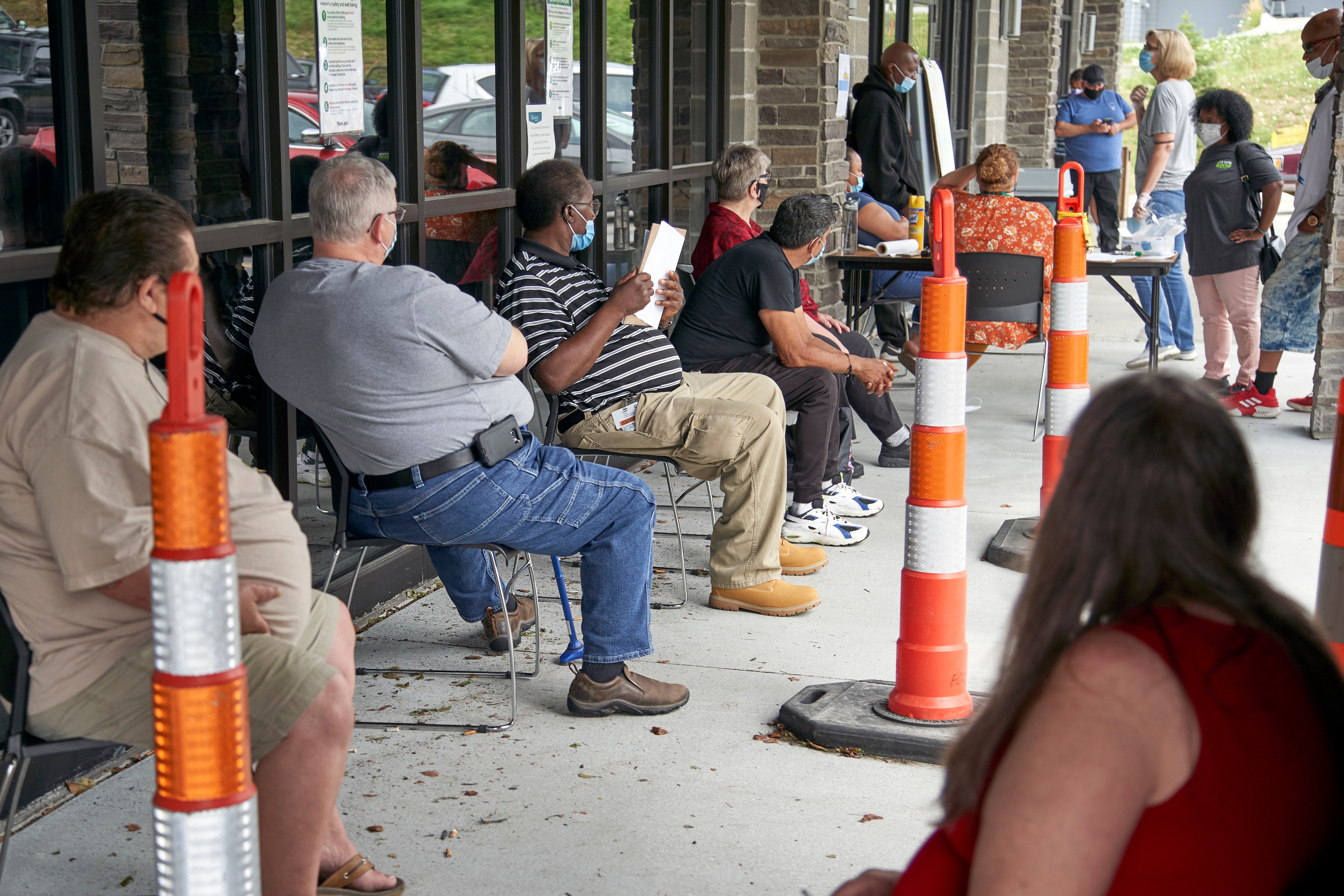Older workers face higher unemployment than midcareer peers
Older workers are facing higher unemployment than midcareer workers during the pandemic, according to a study released Tuesday from the New School

Your support helps us to tell the story
From reproductive rights to climate change to Big Tech, The Independent is on the ground when the story is developing. Whether it's investigating the financials of Elon Musk's pro-Trump PAC or producing our latest documentary, 'The A Word', which shines a light on the American women fighting for reproductive rights, we know how important it is to parse out the facts from the messaging.
At such a critical moment in US history, we need reporters on the ground. Your donation allows us to keep sending journalists to speak to both sides of the story.
The Independent is trusted by Americans across the entire political spectrum. And unlike many other quality news outlets, we choose not to lock Americans out of our reporting and analysis with paywalls. We believe quality journalism should be available to everyone, paid for by those who can afford it.
Your support makes all the difference.For the first time in nearly 50 years, older workers are facing higher unemployment than midcareer workers according to a study released Tuesday from the New School.
The pandemic has wrecked havoc on employment for people of all ages. But researchers found that workers 55 and older lost jobs sooner, were rehired slower and continue to face higher job losses than their counterparts ages 35 to 54.
It is the first time since 1973 that such an unemployment gap has persisted for six months or longer.
In every recession since the 1970s, older workers had persistently lower unemployment rates than mid-career workers, partly because of the benefits of seniority. In the current recession, however, older workers experienced higher unemployment rates than midcareer workers in each month since the onset of the pandemic.
The older workers' unemployment rates from April through September were 1.1 percentage points higher than mid-career workers’, at 9.7% versus 8.6%, looking at six-month rolling average. The rate was far worse for workers who are black, female or lack a college degree.
The study did not look at workers younger than 35 so as to compare only those with established careers.
Older workers often face age discrimination, making it difficult to find a job. But the researchers believe that employers are less likely to hire older workers at this time because of the health risk created by the pandemic.
The trend could force more people into early and involuntary retirement, worsen their financial well-being and exacerbate financial disparities already seen among women and minorities in terms of retirement security.
New School researchers estimate 1.4 million workers over 55 remain unemployed since April. This does not include workers who were unemployed in April and left the work force.
The final years of a career are critical for older workers’ livelihoods in retirement, the study noted, especially for the majority of older workers who do not have sufficient retirement assets and expect to work longer to make up for it.